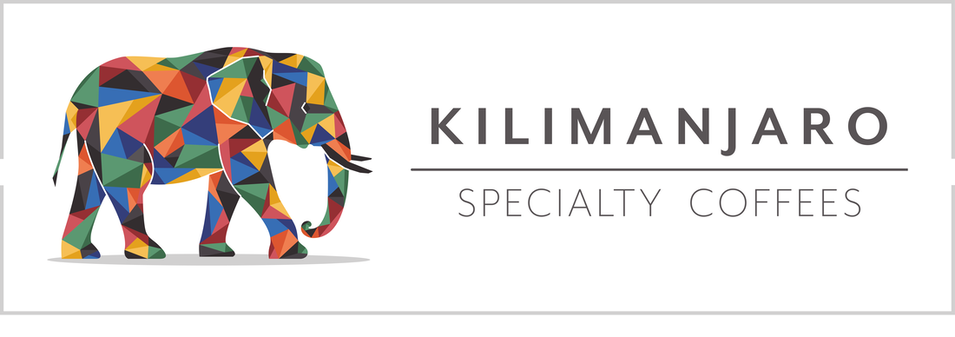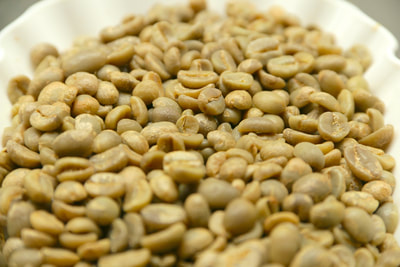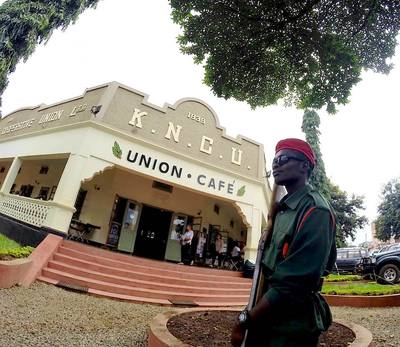TANZANIA TWEEGA SUPREME
General Information
|
Origin: South Tanzania
District: Rungwe Village: Bujela Cooperative: Bujela Farmers Business Group (85 members) Cultivars: Bourbon N39 & Kent KP423 Altitude: 1.200 - 1.600 masl Process: Fully washed in a CPU (Coffee Pulping Unit), with a single wet fermentation and sun-dried on African beds. Harvest: August to November 2017 Grade: AA/AB (screen 16 - 18) Warehouse: Barcelona & Santiago Packaging: 60 Kg w/ GrainPro Score: 84 Notes: Honey, nutty, green apple, red grapes Ikawa Roasting Profile: KSC Tanzania 50 grs. #1 Espresso: Yes |
|
TANZANIA ORIGIN TRIP
TEMBO BUYING POST LOCATION
|
WHERE WE ARE
Barcelona, Spain Santiago, Chile |





